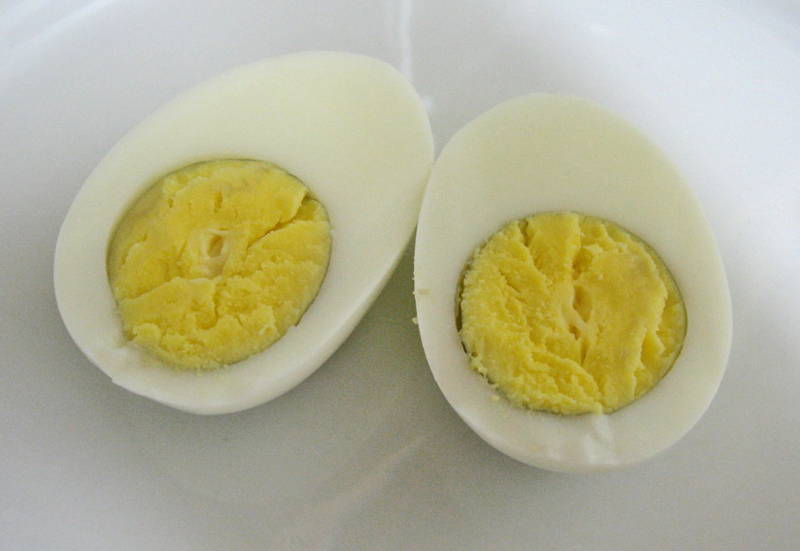P.D. Mangan has the lowdown:
“Dietary guidelines called for using seed (vegetable) oils in cooking and dressing food.
They called for replacing fats such as butter, tallow, and lard with seed oils such as safflower, soybean, and corn oils.
That was a bad move.
It turns out that whenever any improvements were seen in heart disease or death rates, they’re due to an increase in omega-3 fatty acids., according to a recent meta-analysis.
Seed oils are largely composed of omega-6 fatty acids, and when only omega-6 fatty acids are increased, heart disease rates and death rates rise.
“Advice to specifically increase n-6 PUFA intake, based on mixed n-3/n-6 RCT data, is unlikely to provide the intended benefits, and may actually increase the risks of CHD and death.”
Another study noted, “… there was no indication of benefit from the replacement of saturated fat with vegetable oils rich in linoleic acid, with either a composite outcome of myocardial infarcts plus death from coronary heart disease or non-fatal myocardial infarcts alone. Thus, although limited, available evidence from randomized controlled trials provides no indication of benefit on coronary heart disease or all cause mortality from replacing saturated fat with linoleic acid rich vegetable oils.”
A re-analysis of data from the Sydney Diet Heart Study found increased death rates in men who replaced saturated fat with vegetable (seed) oil.
Use of these data from the Sydney study incorporated into an updated meta-analysis found that increasing linoleic acid with seed oils was associated with about a 30% increased risk of death from heart disease.
Way back in 1971, they found that men who used seed oils in place of animal fats died of cancer at about twice the rate as those who did not use seed oils.“
When I gave up a high carb diet (at one point I even ate a vegetarian diet!), I got healthier and lost weight. Eggs and meat are your friends.


4 comments
We just recently changed from low-carb & low-fat to keto. Not a giant change, except for all the fat! I must admit, I’ve had to work to get over the mental hurdle that all fats are bad for you. Recently, I saw a really compelling documentary on Netflix called The Magic Pill.
I’ve recently embraced this as well. It’s been very liberating and delicious.
Hi David, sorry for the unrelated question, but how do you use your taro roots(if you’re still growing it)? I’ve seen from some sources on the internet that state it is a nuttier-flavored version of the potato but in my experience from trying them here in Korea, I find them rather bland, mushy, textureless, and doesn’t follow the good earthy taste and texture of a freshly harvested potato. Is this just me or is this a general thing with taro?
They’re more like a flour dumpling than a potato, I’d say. We put them in stew and that’s about it.
Comments are closed.